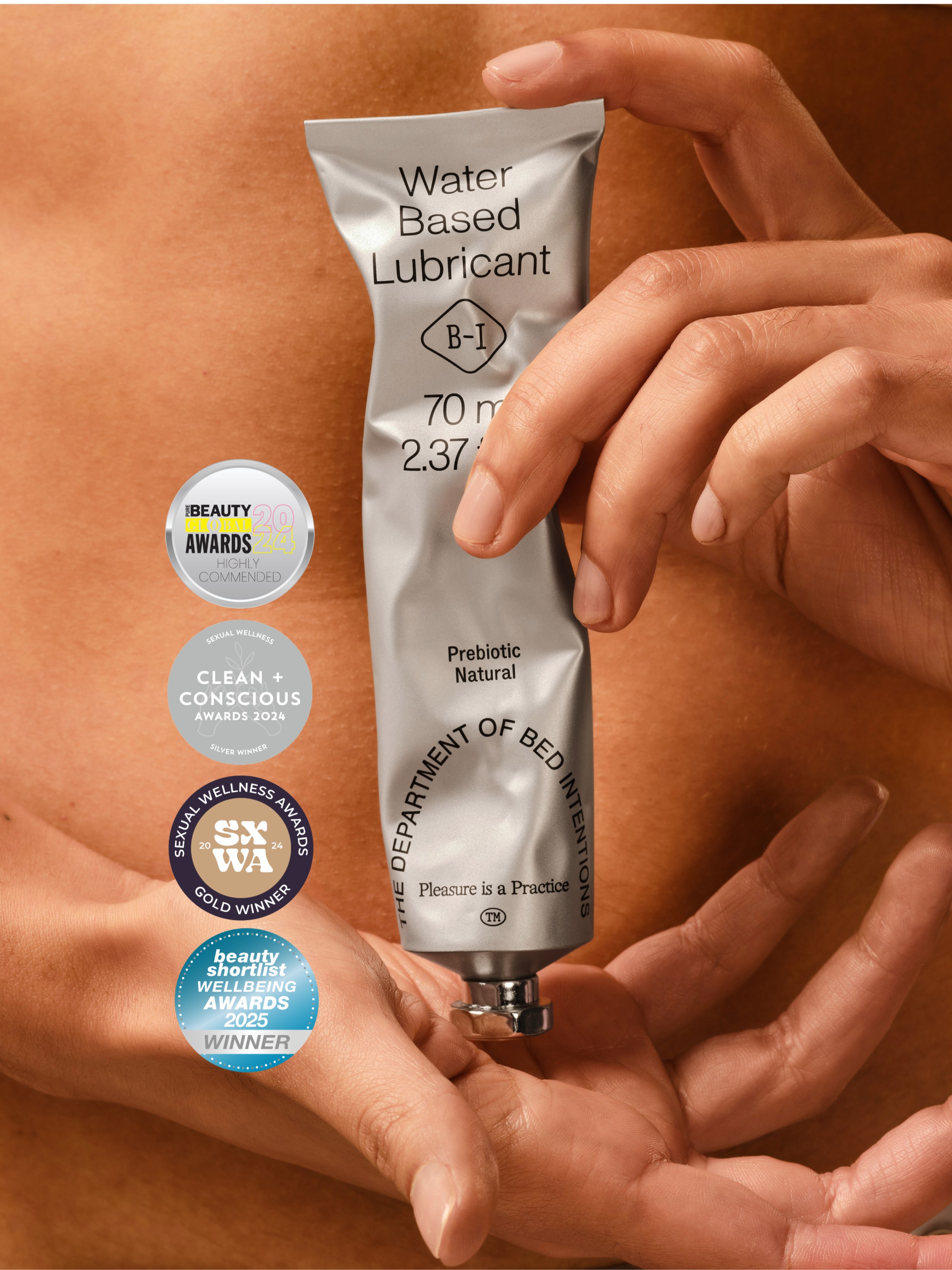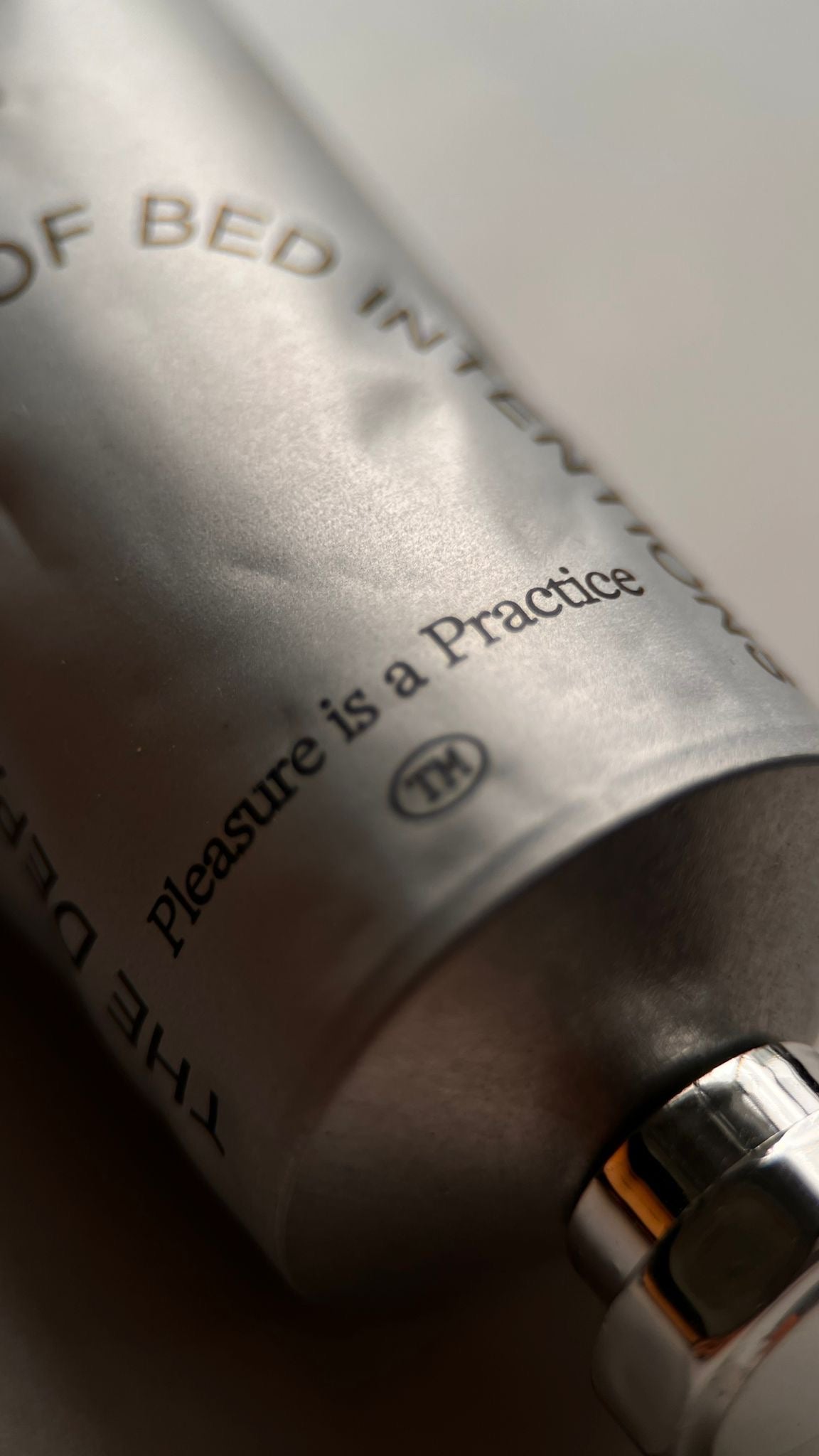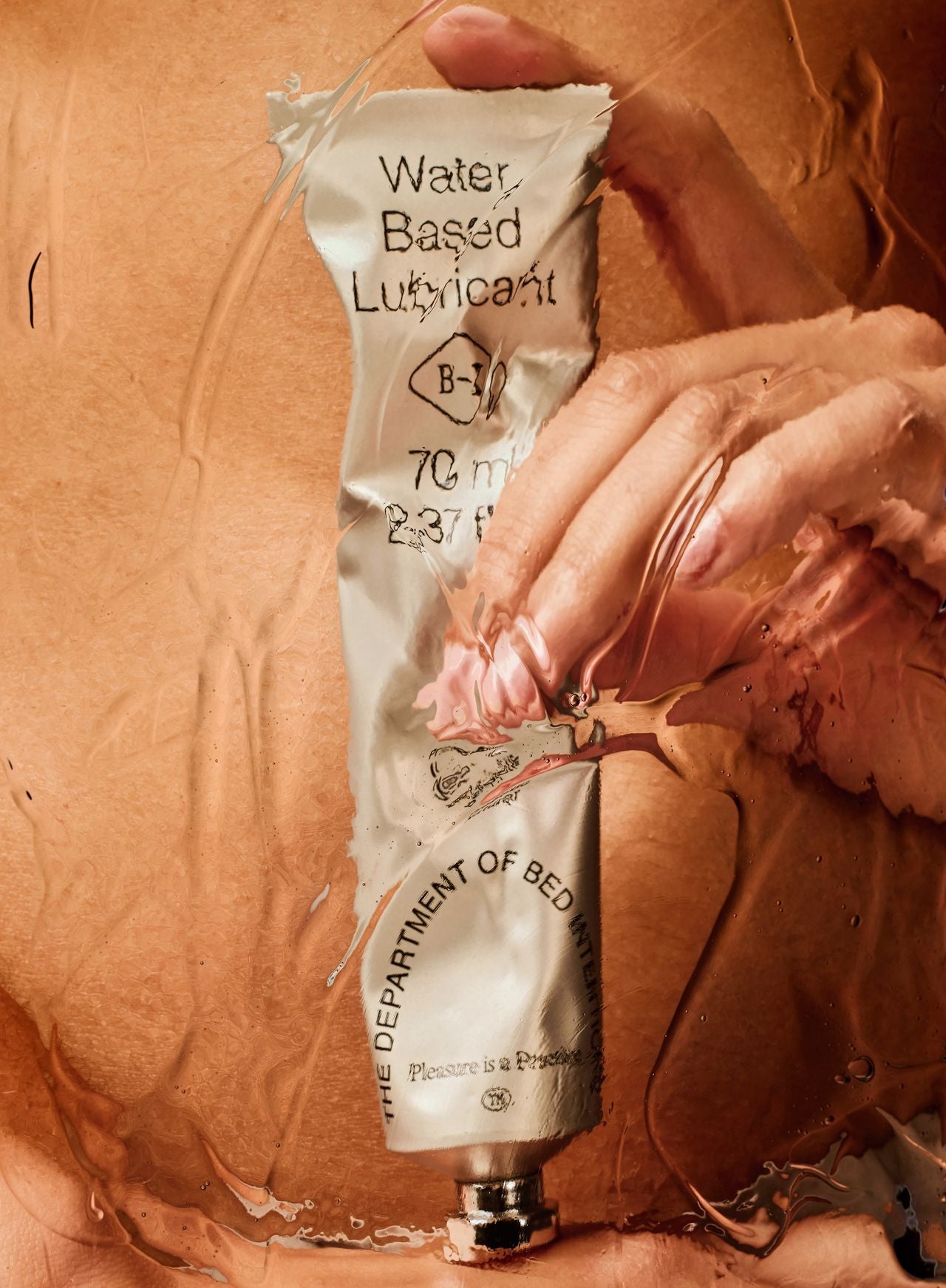Consider your pelvic region – a nexus of nerve, muscles, and organs are often overlooked until discomfort arises.
This foundational area holds the key to unlocking enhanced sexual experiences and overall vitality.
A neglected pelvic floor can stifle pleasure, dampen sensation, and introduce discomfort, turning what should be an experience of joy into one of frustration. Pain during intercourse, difficulty in climax, and even incontinence can emerge as unwelcome disruptions. By cultivating pelvic strength and flexibility, one can reclaim the cadence of desire and restore the body’s natural flow of pleasure.
The Foundation of Pelvic Health and Its Role in Sexual Vitality
The pelvic floor - a hammock of muscles cradling the bladder, bowel, and reproductive organs, is the unsung hero of both physical function and sensual experience. A healthy pelvic floor serves as the foundation for core stability, continence, and heightened erotic sensation. When well-conditioned, it enhances blood flow, promotes neural connectivity, and fosters a deeper sense of bodily awareness. Likewise, an active and fulfilling sex life sustains the elasticity and resilience of these muscles, reinforcing their role in both function and pleasure.
The Science Behind Pelvic Health
Pelvic floor integrity is essential for a balanced body. These muscles influence:
- Bladder and bowel control: reducing incontinence and urgency issues.
- Sexual arousal and response: amplifying orgasmic potential and intimate connection.
- Postural alignment: supporting spinal health and core stability.
Research published in the Journal of Sexual Medicine suggests that individuals who engage in regular pelvic floor training experience improved orgasmic function and reduced discomfort during intercourse. Additionally, studies have shown that pelvic exercises may help to alleviate sexual dysfunction in both male and females[i] and enhance sexual satisfaction[ii].
A well-conditioned pelvic floor facilitates heightened arousal by increasing vascular flow to the genital area, leading to improved lubrication and sensitivity. Kegel exercises, a cornerstone of pelvic training, have been shown to bolster orgasm intensity and sexual response.
Understanding your pelvic health can also help to manage related sexual issues.
Hypotonic (inactive) pelvic floor muscles in women can cause incontinence of pain during intercourse, or a sense of unfulfillment.
Hypertonic (overactive) pelvic floor muscles can also cause painful intercourse and is often linked to conditions such as vaginismus and dyspareunia.
In men, a weak pelvic floor can correspond to erectile dysfunction and premature ejaculation and pelvic floor exercises can help to improve these sexual dysfunctions[iii].
These issues don’t exist in isolation. Like stones dripped in a still pond, they create waves that touch every aspect of your sexual well being. From decreased libido , to difficulty reaching orgasm, the impact of pelvic health problems can be far reaching, affecting not just your physical experience but your emotional connection with your partner as well.
Managing your pelvic floor

There are Various ways that one can improve their pelvic floor health. And yes, this is relevant to both men and women
Pelvic Floor Exercises
- Kegels: Engage, hold, and release the pelvic floor to build strength and control.
- Reverse Kegels: Focus on relaxation to counteract excessive tightness.
- Hip Bridges and Deep Squats: Strengthen the entire pelvic and core network, fostering resilience and support.
- Orgasms: As much as it doesn't seem appealing when you experience discomfort during sex, orgasms can help serve as a gentle yet effective pelvic workout. Utilising a prebiotic water-based lubricant not only reduces friction and improves the experience, but also nurtures a healthy vaginal microbiome, essential for intimate balance and well-being.
Seeking Expert Guidance for Optimal Pelvic Health
- Pelvic floor therapy: Tailored exercises from a specialist can address dysfunction at its root.
- Sex therapy: Navigating psychological or physical intimacy barriers with a trained expert can transform relationships.
- Routine medical consultations: Regular gynaecological and urological check-ups help detect underlying issues before they escalate.
- Exercises that incidentally target the pelvic floor: Pilates, barre, glute bridges can help also help strengthen pelvic muscles.
Pelvic health is more than just muscle function—it is the key to a vibrant, fulfilling intimate life. Strengthening this foundational core can enhance pleasure, reduce discomfort, and boost overall confidence. By integrating pelvic floor training, mindful communication, and expert guidance, you can cultivate a body that is both resilient and responsive, unlocking new dimensions of sexual vitality.
The path to deeper connection, heightened pleasure, and profound self-awareness begins with the embrace of pelvic well-being. Open dialogue between partners fosters emotional connection and alleviates anxiety around pelvic discomfort. Expressing needs and exploring pleasure without inhibition creates an atmosphere of trust and mutual satisfaction.
[i] Jorge CH, Bø K, Chiazuto Catai C, Oliveira Brito LG, Driusso P, Kolberg Tennfjord M. Pelvic floor muscle training as treatment for female sexual dysfunction: a systematic review and meta-analysis. Am J Obstet Gynecol. 2024;231(1):51-66.e1. doi:10.1016/j.ajog.2024.01.001
[ii] Golmakani N, Zare Z, Khadem N, Shareh H, Shakeri MT. The effect of pelvic floor muscle exercises program on sexual self-efficacy in primiparous women after delivery. Iran J Nurs Midwifery Res. 2015 May-Jun;20(3):347-53. PMID: 26120335; PMCID: PMC4462060.
[iii] Myers C, Smith M. Pelvic floor muscle training improves erectile dysfunction and premature ejaculation: a systematic review. Physiotherapy. 2019;105(2):235-243. doi:10.1016/j.physio.2019.01.002





